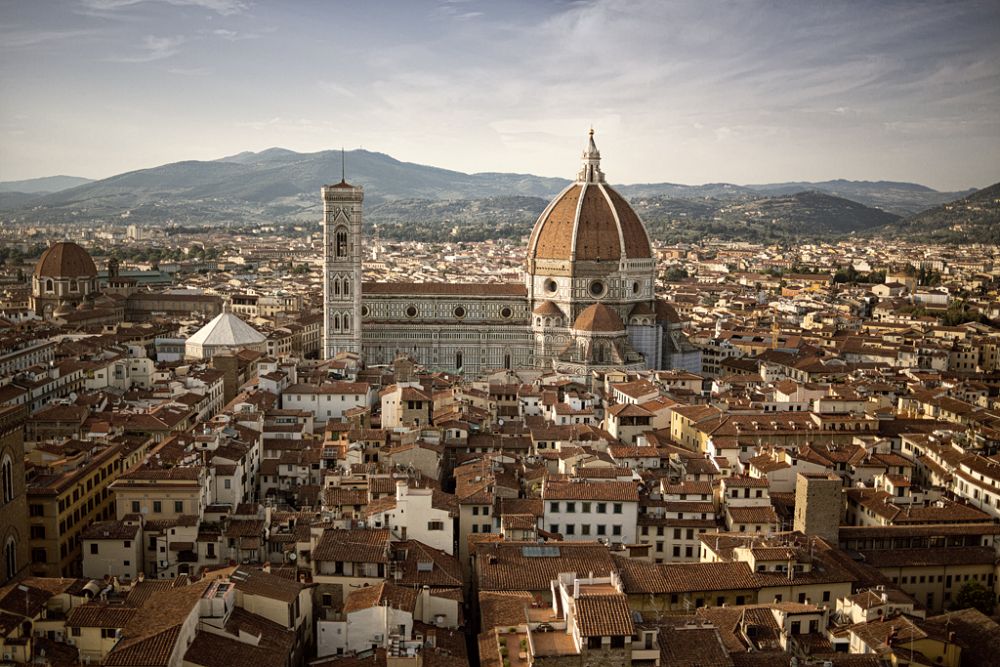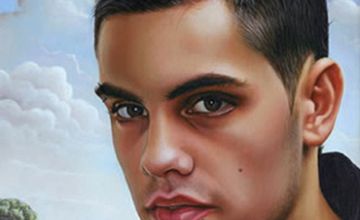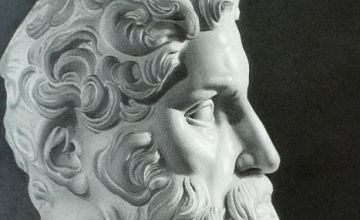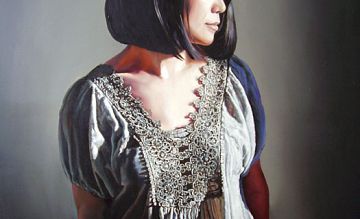Art in the Renaissance
The Renaissance
The period that unfolded in Florence from the second half of the XIV century until the XVI century, marking a veritable rebirth from a dark and materialistic past. This "rebirth" enjoyed an extraordinary diffusion and continuity. Not coincidentally, the concept of "fracture" between the modern and ancient worlds was formulated for the first time. The classical past was now studied in view of drawing an image as authentic and true-to-life as possible, one which served as example to produce new creations (and not as models for mere imitations). The Renaissance brought to a head a new way of conceiving the world, one that for the first time also influenced the figurative arts, literature, architecture and science. This new perception led the individual to consider himself and fellow human beings as unique subjects capable of self-determination and cultivating ones own talents in order to obtain Fortune, in the sense of the term's Latin meaning of "destiny", to dominate and modify nature.


Florence and art in the Renaissance
L'arte del Rinascimento si sviluppò a Firenze a partire dai primi anni del Quattrocento e da qui si diffuse nel resto d'Italia e poi in Europa, convenzionalmente fino ai primi decenni del XVI secolo. Il Rinascimento aveva come grande obiettivo il recupero dei canoni classici, che dovevano servire come esempio per rielaborazioni nuove ed originali.
Come l’arte classica, anche l’arte rinascimentale raggiunse il naturalismo più perfetto: rappresentava infatti la realtà che, nella sua bellezza, è conoscenza esatta di ciò che è raffigurato.
La più grande innovazione avutasi in campo artistico nel periodo del Rinascimento, crogiolo di altre innovazioni, fu il disegno, considerato come autorevole strumento per raffigurare le proprie idee. Il disegno diventò quindi lo strumento progettuale, per materializzare le proprie idee, per fissarle e consegnarle intatte.
Ammirando i disegni di Leonardo, possiamo comprendere come il disegno divenne lo strumento primario dell'artista Rinascimentale comprare levitra, utilizato per progettare opere d'arte, di ingegneria, di meccanica, di idraulica, di architettura e militari.
Le tecniche artistiche e pittoriche del Rinascimento italiano si confermarono come le più avanzate e precise. Attorno al 1430 a Firenze si facevano largo le prime applicazioni della prospettiva, usate da Masaccio nel campo della pittura e da Donatello nel campo della scultura.
La formazione degli artisti a Firenze avveniva nelle "botteghe". Verso il 1460, a Firenze erano presenti 40 botteghe di "maestri di prospettiva". Ciò testimonia che l'artista isolato, che lavorava per se, nella solitudine del suo studio, non esisteva.
Gli allievi delle botteghe rinascimentali dovevano effettuare una lunga gavetta prima di guadagnarsi la qualifica di artista o maestro. Le botteghe degli artisti non si differenziavano nella struttura e nell’organizzazione da quelle degli altri artigiani.
In Florence, artists were trained in the so-called botteghe, that is to say workshops. Around 1460, there were 40 botteghe of "masters in perspective". This testifies to the fact that there was no such thing as the single artist who worked alone in the solitude of his studio. Students at the Renaissance botteghe had to start from the bottom before earning the title of artist or master. In structure and organization, the botteghe of artists were no different from those of other craftsmen. Usually situated on the ground floor of a building and connected to the proprietor's house, the work conducted inside was laid out in a way that foresaw a clear division of tasks between the master, the assistants and apprentices. Many botteghe were specialized in a particular genre of art manufacture: so it was that the Della Robbia bottega exclusively produced polychromous glazed terracotta, while the Benintendi bottega taught the art of wax working. In this manner, the bottega attained quite a high technical level and, at the same time, the management and administration of the activity was greatly simplified. Quite often, the trade was handed down within the family, which constituted a greater guarantee for the security of trade secrets, as with the Della Robbia, Benintendi, Ghiberti, Lippi, Rossellino, da Maiano and Pollaiolo families.
Both pre-Renaissance and Renaissance artists were born, so to speak, in Florence, artists of the caliber of Giotto, Cimabue, Brunelleschi, Arnolfo, Donatello, Botticelli, Ghiberti, Masaccio, Beato Angelico, Verrocchio, Andrea del Castagno, Lippi, Della Robbia, Michelangelo. The bottega of Andrea del Verrocchio, for instance, trained students like Leonardo da Vinci, Botticelli, Perugino, Domenico Ghirlandaio, Francesco Botticini, and Francesco di Simone Ferrucci. Florence was also home to the greatest exponents of poetry of the time, important names in literature such as Dante, Boccaccio, Villani, Guicciardini, Poliziano and Machiavelli. The memory of the great Renaissance artists survives in their art but also in the names of a square, a palazzo, a bridge or a street. Many stone plaques bear witness on the streets, towers, churches and palazzi scattered throughout the historical centre

Overview and Philosophy
...from a dark and materialistic period, the Accademia d'Arte dell'Arcimboldo purposes to concretely reawaken the student's innate talent, shaping it and leading him to the utmost degree of artistic perfection.
Art in the Renaissance
The period that unfolded in Florence from the second half of the XIV century until the XVI century, marking a veritable rebirth from a dark and materialistic past. This "rebirth" enjoyed an extraordinary diffusion and continuity. Not
From Classicism to Hyperrealism
Lorem ipsum dolor sit amet, consectetur adipisicing elit. Inventore sapiente ea doloribus, obcaecati nihil provident suscipit soluta eius. Dolor aut debitis sunt, cumque aliquid, sequi soluta! Sint eligendi maiores assumenda.



